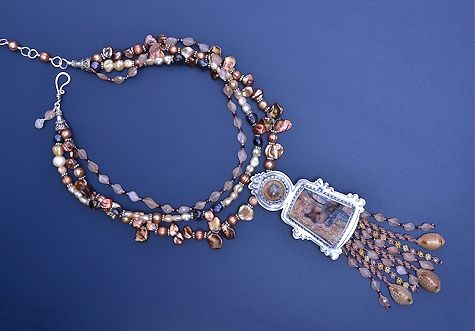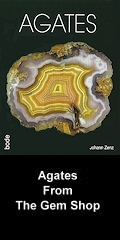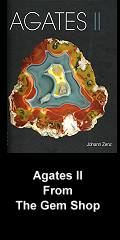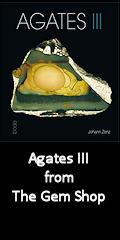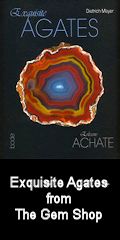Here's another Crazy Lace agate from Leigh Becker. It has very unusual gorgeous peach colors, a fascinating drusy cave system and is accented with dark vertical lines. This stone demanded the company of Gary Wilson's Bali coral. It also demanded this peculiar setting, the first one I drew of many. (Some stones have very strong opinions.) The pearls add luster and color accents, the peach moonstones lend their soothing energy. And the cowries couldn't be happier decorating its skirt.
Many people have asked me how I put the bumps of color on the cowries, but I'm not that clever. They are natural as evidenced by the unfortunate name biologists have given this pretty sea snail Jenneria pustulata. Sometimes these members of the family Pediculariidae are called false cowries, wiki calls them "cowrie allies" to distinguish them from the true cowries of the family Cypraeidae. (There seems to be controversy over these family assignments and names which differ from the names in my older shell books. Biologists are constantly updating their classifications as their tools for determining relationships continue to improve.) These particular sea snails, native to California, Sea of Cortez, and down western Central America, are causing significant stony coral reef damage on some Pacific reefs including significant predation in the northern Sea of Cortez. For whatever reason, their behavior is changing, they have been observed moving and feeding at midday when typically they are nocturnal. Pollution, climate change, over fishing and destructive fishing practices are all conspiring to devastate our marine ecosystems. Telling Our Way to the Sea (below) is a thoughtful and artful new book about three professors who take their biology students through my beloved Baja to the Sea of Cortez. Among other things, it examines how short human memory is and how easy it is for us to fail to see the ecological devastation which is happening on our watch. As I have mentioned so many times, the web of life is incredibly complex, we are all interconnected, and we drive the balance out of whack at our peril.
We can't leave the cowrie story on that depressing note. Their use in adornment is so ubiquitous we perhaps fail to even notice them. They are beautifully decorative, since ancient times they have been used as amulets, in divination and as money. Amulets (below) says the nomads of the steppes buried cowrie amulets in their tombs at Pazyryk in about 400 BC. It goes on to say, "The cowrie shell, like the eye and mirror, confronts like with like, and in its explicit recall of the female, is one of the most common and powerful of amulets."
And yes, that's an Egyptian hieroglyph on the back meaning son of Re (Ra) which was one of the chief titles of the pharoahs. Re is the Egyptian solar deity, the creator whose eye is the sun. But one has to wonder why the pharoah is represented as a duck. Is there a humility expressed? Does it remind us of Jesus' assertion in the synoptics, "Are not five sparrows sold for two farthings, and not one of them is forgotten before God?" (Luke 12:6). Actually, no. Sorry! If there were a small vertical stroke below the duck it would indicate the image should be taken literally and we could call a pharoah a duck. Otherwise, the duck is a phonogram, it represents a sound just as our consonants do (vowels are not represented). This heiroglyph leapt out at me from an art book and I used it because aren't we all children of the Great Mystery? As I was writing this essay, I picked up my little book on heiroglyphs and was shocked to find this one shown facing left instead of right. OH NO! Did I ruin a whole lot of silver and bead work?! As it turns out, heiroglyphs are often arrayed in the most pleasing arrangement artistically so may be written from left to right or from right to left. The text is read toward the faces of the animals. And that exhausts my knowledge of heiroglyphics.
I hope you will order this set today and enjoy all the stories it may reveal.









